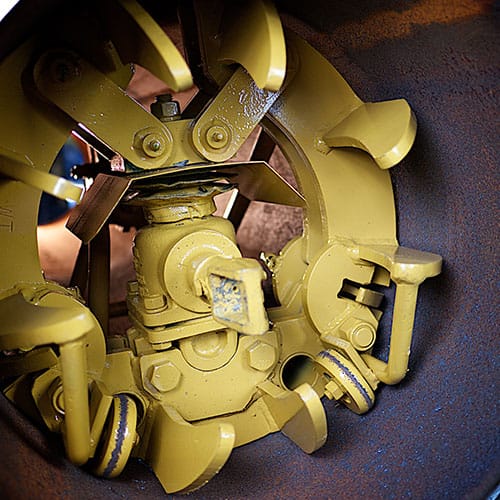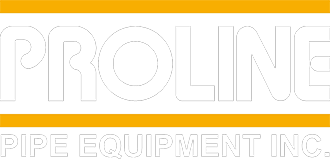The Importance of Proper Pipe Alignment
In the world of pipeline construction, few tasks are more critical—or more taken for granted—than the precise alignment of steel pipe before welding. A slight misalignment can mean the difference between a clean, high-quality weld and a joint that requires costly rework. Welders and pipeline crews know that getting this step right the first time saves hours of labor and thousands of dollars down the line.
Among the tools designed to meet this challenge, the hydraulic manual internal line-up clamp stands out for its simplicity, strength, and consistent performance.
What Is a Hydraulic Manual Internal Line-up Clamp?
This clamp is purpose-built to operate from inside the pipe, unlike external clamps that only align the outer surfaces. It delivers pressure from within, aligning pipe ends concentrically to ensure the internal walls match up before the weld is laid. It’s a straightforward design that packs serious functionality: a rugged steel frame, smooth-rolling wheels, machined guide arms, a manual hydraulic system, and a reach rod that gives operators full control from outside the pipe.
How the Clamp Works in the Field
To begin operation, the clamp is rolled into position approximately 30 centimeters from the end of the first pipe joint. A long reach rod is connected to the hydraulic pump’s eye, and the second pipe joint is brought forward until it meets the first.
Once the clamp has passed far enough into the second joint, self-aligning brass latches automatically lock the clamp into place. These latches are designed to hold the tool steady during alignment, removing guesswork and helping the operator set the correct position without measuring or repeated adjustments.
The operator then applies a clockwise rotation to the reach rod to activate the hydraulic pump. This engages a cylinder that pushes toggle bars outward. The toggle mechanism expands with high force, driving three side arms—two upper and one lower—firmly against the internal walls of the pipe. These arms are precision-machined to match the pipe’s inner diameter and wall contour, ensuring full contact and perfect alignment for welding.
Advantages of Manual Hydraulic Operation
The manual hydraulic design offers several field-proven advantages. It eliminates the need for external power sources, which is particularly valuable on remote jobsites. Operators gain precise control over the clamping force, improving both safety and ease of use. Because it is fully mechanical, the system is also more durable and easier to maintain than electrically powered alternatives.
This setup allows for fast, repeatable operation from joint to joint, minimizing downtime and improving the overall efficiency of the welding crew.
Adjustability for Different Wall Thicknesses
Each clamp is set up for a specific internal pipe diameter and wall thickness. For optimal performance, it should be machined or shimmed to match the exact pipe specs. The system can still function with slight variation—up to ±4 mm in wall thickness—but going beyond this range can reduce the contact area between the clamp arms and the pipe wall, as well as limit the clamping force.
Proper adjustment ensures that the toggle bars operate in their ideal range and that the clamp delivers its full potential for alignment strength.
The Result: Faster, Cleaner, More Reliable Welds
The true benefit of the hydraulic manual internal line-up clamp is in how it improves the welding workflow. By providing consistent and accurate internal alignment, it allows welders to focus on creating high-quality welds without compensating for poor pipe fit-up.
This reduces rework, speeds up the welding process, and contributes to the integrity of the finished pipeline. It’s especially useful on large-diameter or heavy-wall pipe, where achieving proper alignment manually is difficult and time-consuming.
A Trusted Tool on the Jobsite
In today’s pipeline industry, productivity, safety, and weld quality are all under constant scrutiny. The hydraulic manual internal line-up clamp supports all three by simplifying one of the most important tasks in the pipeline construction process.
It’s a tool built for demanding conditions, designed to be easy to use, durable in the field, and highly effective. When weld quality counts—and it always does—starting with accurate pipe alignment is essential. This clamp makes that alignment easier to achieve, time after time.


